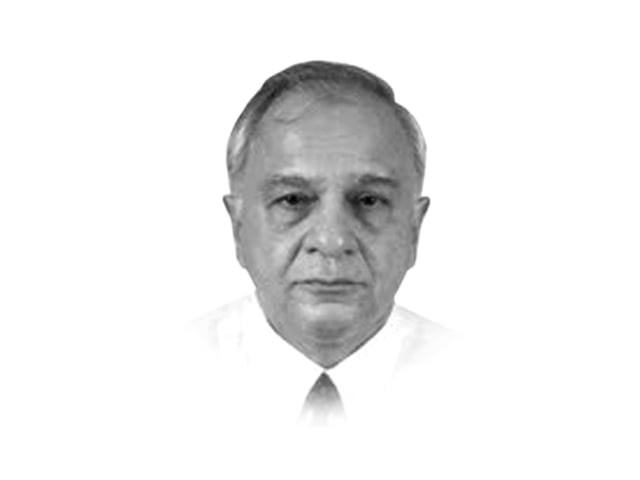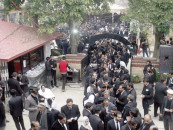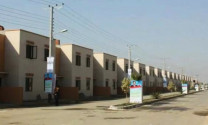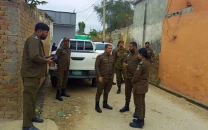The expanding war in the northwest
The solution to terrorism lies in transforming how states treat their citizens, not on expanding security capacities.

Do these attacks come as a surprise? I would think not. As a matter of fact, the situation in Jalalabad and Kunar in Afghanistan has aggravated since September 2010. In November, there were two attacks on the Jalalabad airfield — the largest Nato airbase in this region — which is used for providing air support to the war along Pakistan’s border. Besides this, there is also close coordination between the US and Pakistani militaries, the intelligence and police forces through the institution of joint ‘fusion centres and cells,’ which exist at different places within Pakistan and Afghanistan. Latest intelligence and real time battle information is provided by the US to the Pakistani military and other agencies. Thus, the war against the militants is now being conducted on the basis of intelligence fed by drones to the Pakistani military through US platforms.
Evidently, this strategy of joint action has pinned the militants and they are now trying to relieve the pressure by attacking other spots along the Durand Line. The attack on Mohmand and the suicide bomb attack in Bajaur Agency a couple of days ago, should be seen in this light. But other major changes are also occurring in the region. As Pakistani and US drone attacks have pulverised the Tehreek-i-Taliban and its foreign supporters, particularly the Islamic movement of Uzbekistan (IMU), the latter have begun to head towards Central Asian States. In August and September of this year, the IMU attacked the central prison in Dushanbe and helped many of its supporters escape. The Tajikistan security forces began sweeps that were ambushed and many Tajik military personnel were killed by the IMU.
Ever since the Pakistan military was inducted into Waziristan, Swat, Orakzai and Khyber Agency, militants have been cornered and are now shifting to less perilous locations, some into Afghanistan. Although pressure on many parts of Fata and Pakhtunkhwa has lessened, it has increased in other parts. If this trend continues, it is foreseen that many foreign militants will soon be operating in Central Asia and the Russian Caucuses region of Chechnya and Dagestan yet again. Militants in Pakistan will be headed for the urban centres of the country and, after lying low, they will again reorganise terrorist activities in cities. In other words, the war will be transferred from the military to the police and security agencies.
So what is the answer? Unfortunately, states are still anchored in a world view relevant to the 1980s. But the world has changed drastically since then. Joseph Nye, the doyen of the US foreign policy establishment, thinks that due to low entry costs ushered in by developments in information technology and the privatisation of war, the state no longer has the upper hand in the use of coercive force in that resistance is possible and provides a new identity to fighters. If that is so, then the solution to terrorism and violence lies in transforming how states treat their citizens and this should be based on social justice and human rights and not on expanding security capacities.
Published in The Express Tribune, December 29th, 2010.


















COMMENTS
Comments are moderated and generally will be posted if they are on-topic and not abusive.
For more information, please see our Comments FAQ